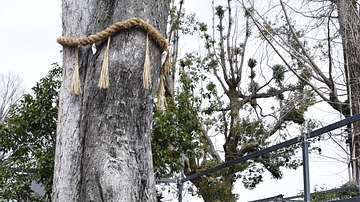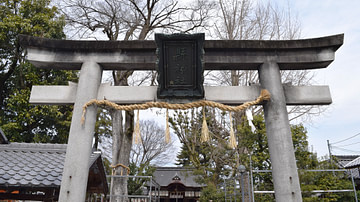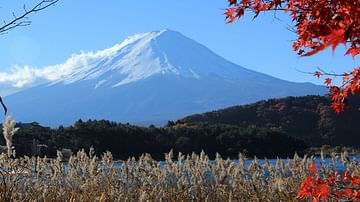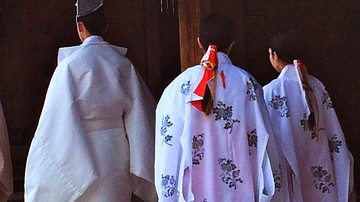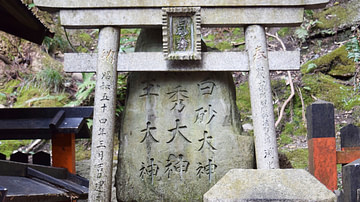Illustration
The Agata were tribal units under the reign of the Yamato court (c. 300-650 CE), which held sway over western Japan. Particularly in the Nara and Kyoto areas, the agata played important political and ceremonial roles. The name of the Agata Shrine in Uji, Japan traces its origins to the Kurikama Agata, which controlled the area of Uji at the time. The shrine is dedicated to Konohanasakuya, goddess of Mount Fuji and blossoms, who, legend has it, was made the guardian deity of the Byodin Temple when Juiwara no Yorimich (992-1074 CE) converted his Uji villa into a temple in 1052 CE.
About the Author
Cite This Work
APA Style
Wiener, J. B. (2018, January 12). Agata Shrine in Uji, Japan. World History Encyclopedia. Retrieved from https://www.worldhistory.org/image/7909/agata-shrine-in-uji-japan/
Chicago Style
Wiener, James Blake. "Agata Shrine in Uji, Japan." World History Encyclopedia. Last modified January 12, 2018. https://www.worldhistory.org/image/7909/agata-shrine-in-uji-japan/.
MLA Style
Wiener, James Blake. "Agata Shrine in Uji, Japan." World History Encyclopedia. World History Encyclopedia, 12 Jan 2018, https://www.worldhistory.org/image/7909/agata-shrine-in-uji-japan/. Web. 23 Apr 2025.



